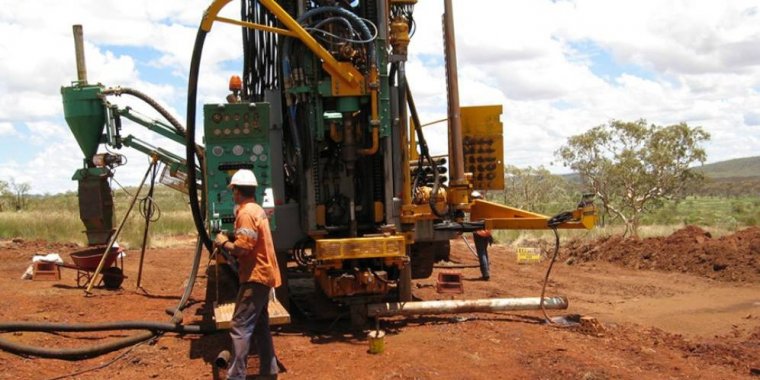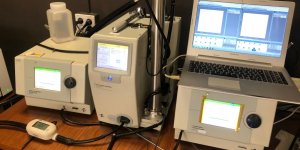| News / Science News |
New way to locate metals deposits in the earth’s crust
Scientists have discovered a new tool to predict the location of base metal deposits buried too deep beneath the Earth’s surface to be found using current exploration methods. This augurs well for targeted mining of metals, such as copper, lead, zinc, which are used in renewable energies.

Drilling rig at an iron ore mine near Newman, Western Australia. Photo: Blastcube
The study found that 85 per cent of all known base metal deposits and 100 per cent of all “giant” deposits (exceeding ten million tons of metal) hosted in sedimentary basins are located on the edges of cratons — older regions of the continents which are generally on thicker lithosphere, the rigid outermost cladding of the planet comprising the crust and upper mantle.
“These deposits generally have larger quantities of metal bound up in high-grade ores than their magmatic counterparts. Once you find the right spot, you only have to dig one hole, and buried deposits are more likely to be extracted via shafts in comparison to most current base metal mines, which are often destructive open-pit operations,” says Mark Hoggard, lead author of the study and postdoctoral researcher at Harvard and Columbia Universities.
“The currently known deposits of base metals and the existing technology used to find more ores will not be able to keep pace with the escalating demand. We need to both get better at finding new deposits and improve recycling efficiency in order to meet future demand,” Hoggard adds.
The study stems from a 2016 mapping project in Australia, where researchers from Geoscience Australia, the Australian National University and Harvard University found that the richest Australian mines lay along the line where the lithosphere grades out to 170 kilometres as it approaches the coast.
They then expanded their investigation to 2,100 sediment-hosted mines across the world and found an identical pattern. (SciDev.Net)
YOU MAY ALSO LIKE





